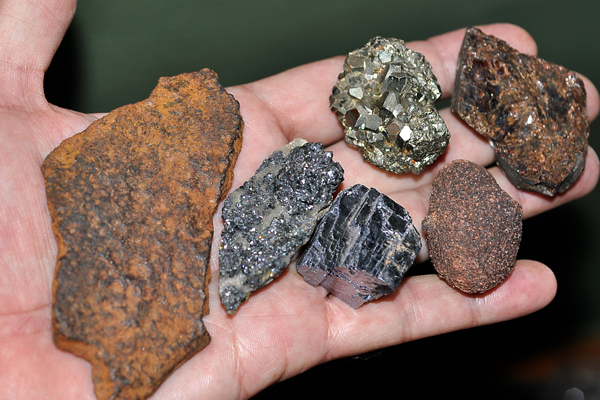The Unbreakable Mineral: Exploring the World of Cleavage-Free Minerals

As a mineral enthusiast, you may have come across the term cleavage in your studies. Cleavage refers to the tendency of a mineral to break along certain planes of weakness, resulting in smooth, flat surfaces. However, did you know that there are minerals that have no cleavage at all?
One such mineral is quartz. Quartz is a common mineral found in many different types of rocks, and it is known for its hardness and durability. Unlike many other minerals, quartz has no cleavage, meaning that it does not break along any specific planes of weakness. This makes it an incredibly tough and resilient mineral, able to withstand a great deal of pressure and wear.
Another mineral with no cleavage is garnet. Garnet is a group of minerals that come in a variety of colors and forms, but all share the same crystal structure. Like quartz, garnet is incredibly hard and durable, and it is often used in industrial applications such as sandpaper and waterjet cutting.
Other minerals with no cleavage include fluorite, apatite, and tourmaline. Each of these minerals has its own unique properties and uses, but all share the common characteristic of being unbreakable.
So why is it important to know about minerals with no cleavage? For one, these minerals are often used in industrial applications where strength and durability are crucial. Additionally, they can be used in jewelry and other decorative items, as they are less likely to break or chip than other minerals.
In conclusion, while cleavage is an important characteristic of many minerals, it is also fascinating to explore the world of minerals that have no cleavage at all. From quartz to garnet to fluorite, these unbreakable minerals offer a glimpse into the incredible diversity and resilience of the natural world.
